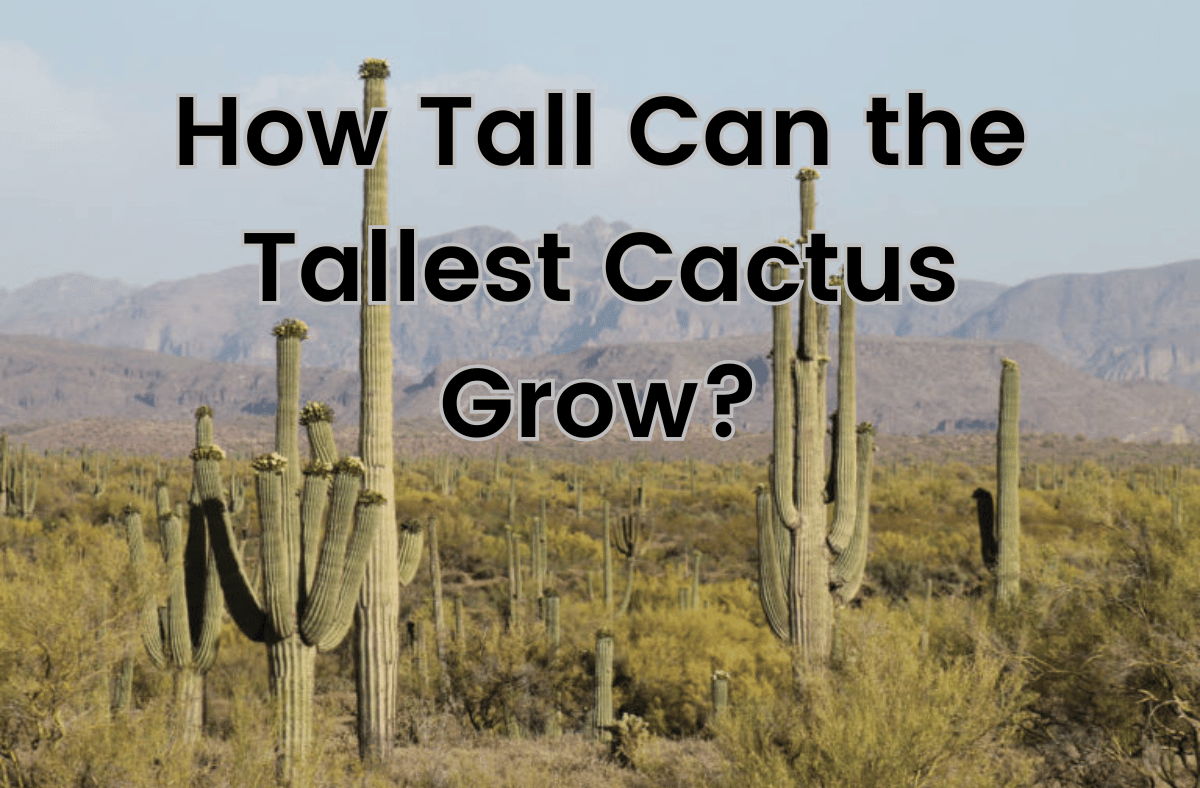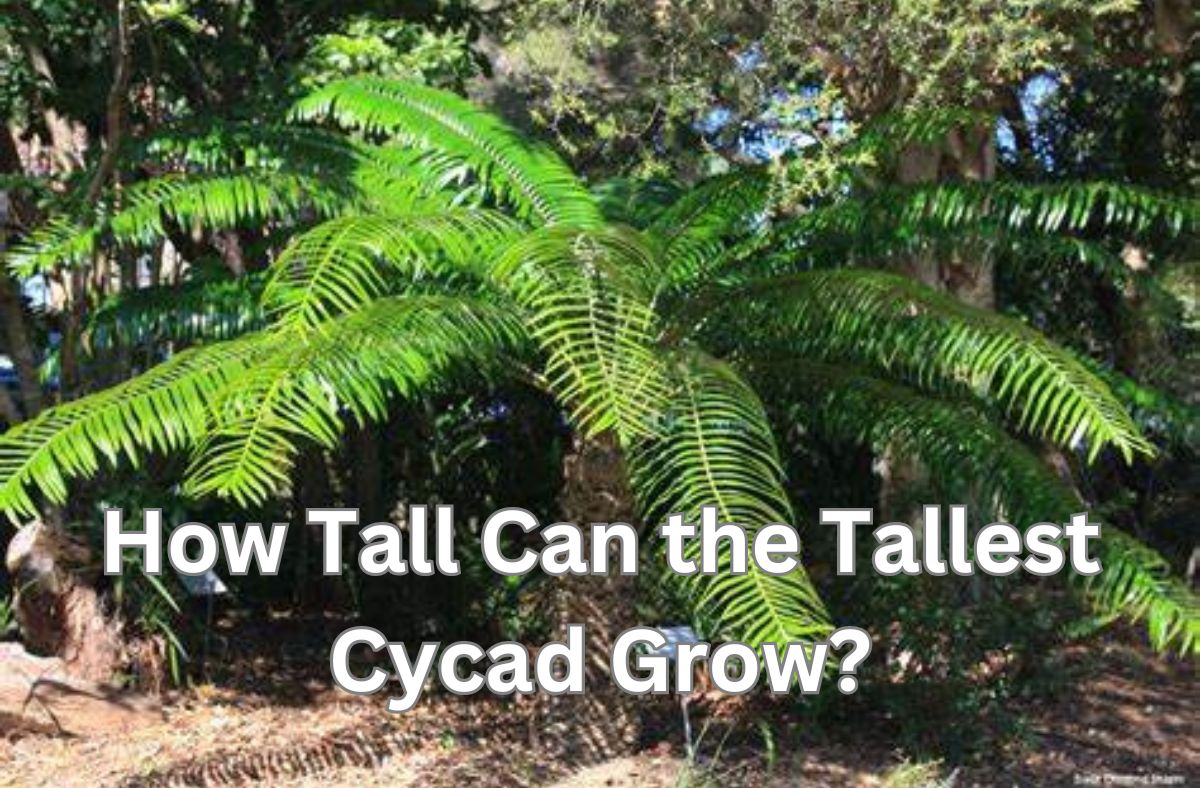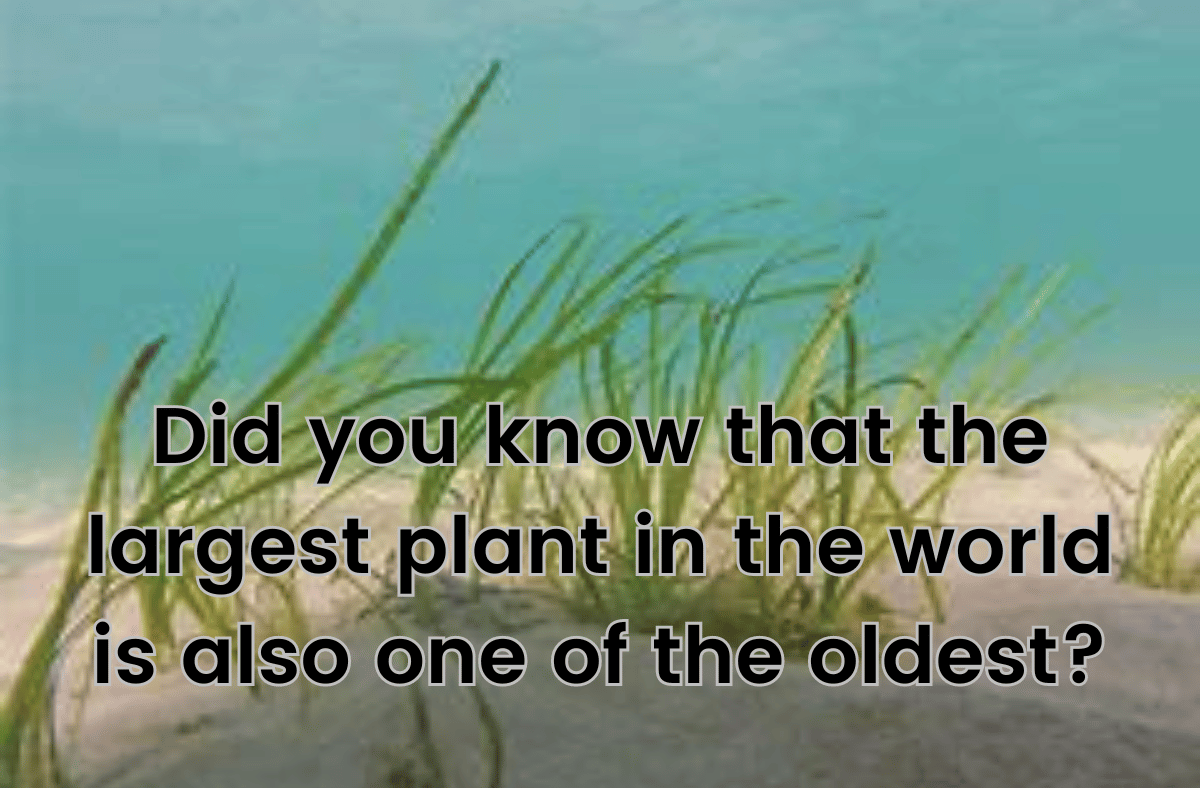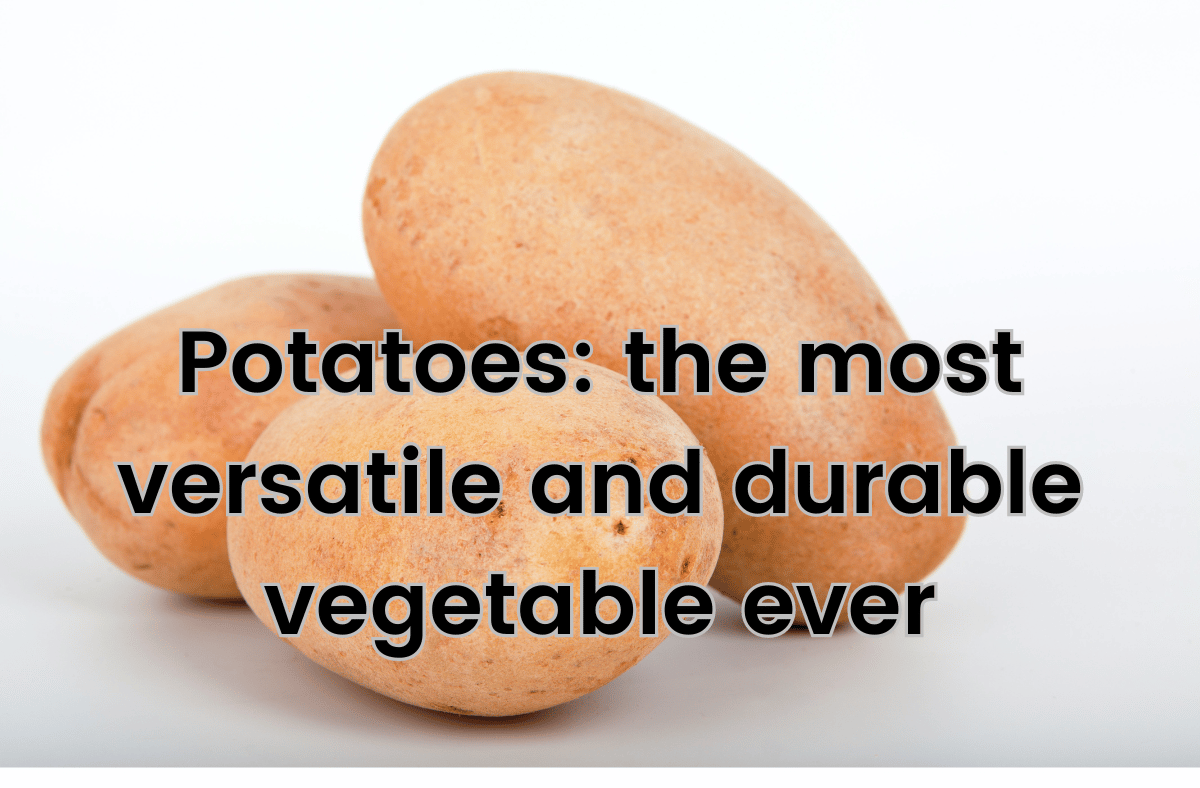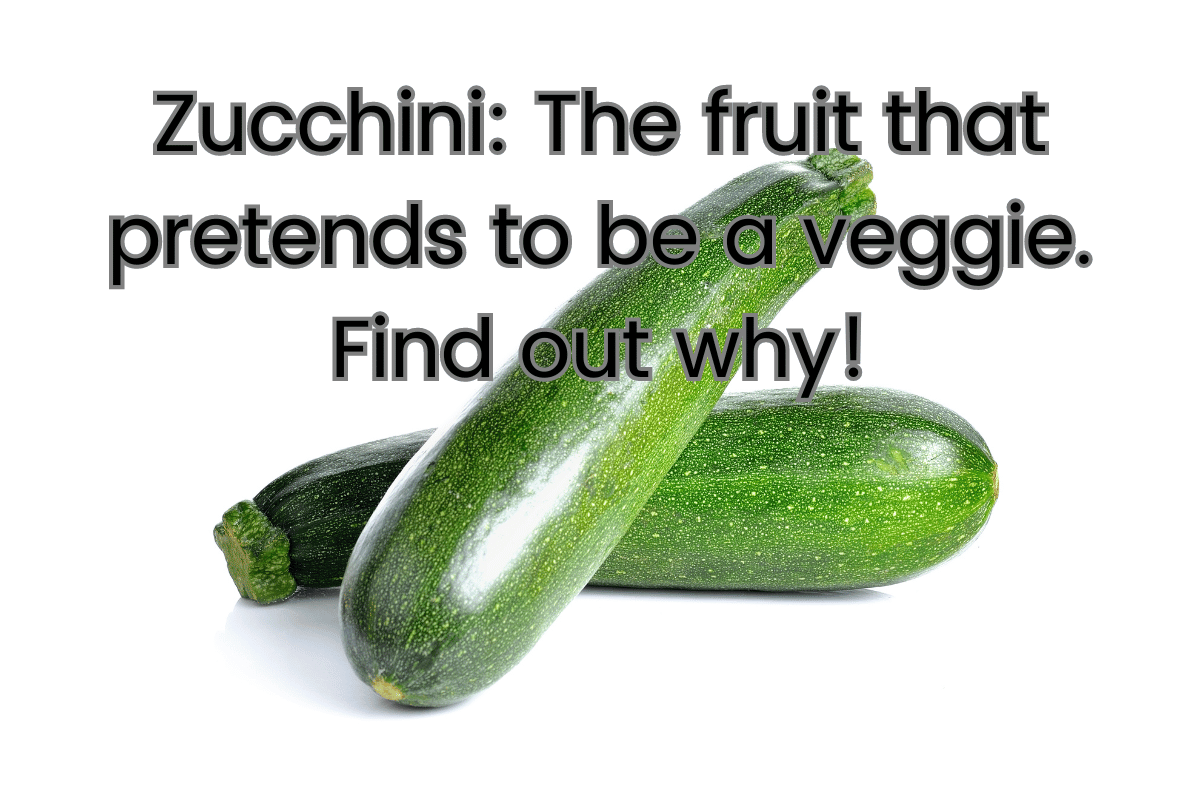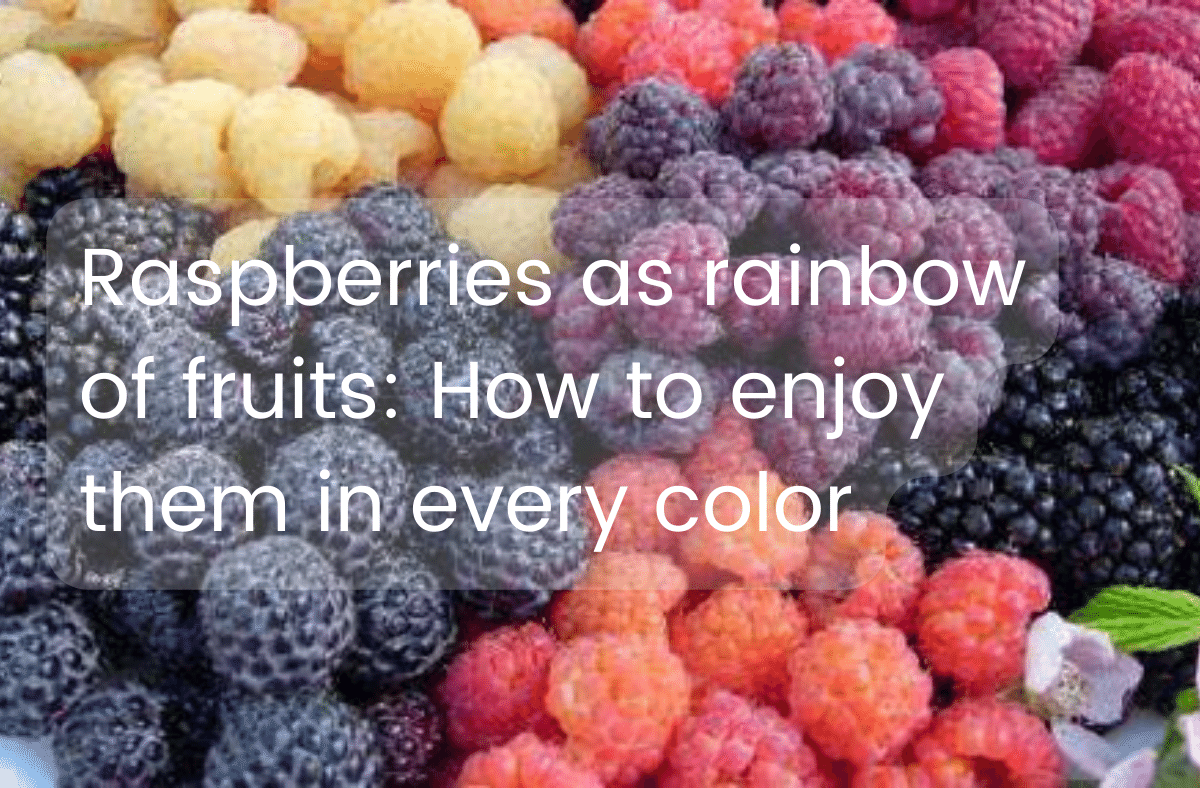For Those in a Hurry
The Coco de Mer produces the largest seed in the world. This palm tree’s seed can weigh up to 18 kilograms. That’s over 40 pounds, heavier than a baby elephant! It’s native to the Seychelles Islands. The Coco de Mer’s size makes it a botanical wonder. Its peculiar shape has intrigued people for centuries. This giant seed plays a crucial role in its ecosystem. It’s a symbol of the Seychelles’ unique natural heritage.
The Largest Seed: Coco de Mer’s Unique Characteristics
The Coco de Mer palm tree is remarkable for its enormous seed. This seed is the largest in the world. Its size is not the only unique feature. The seed’s shape resembles a female pelvis, adding to its allure. Additionally, the Coco de Mer has a mysterious and fascinating history. It was once believed to grow in underwater gardens.
Growth and Development of the Coco de Mer
The growth of the Coco de Mer is a slow process. The seed takes years to develop fully. Once fallen, it continues to grow for a time. Interestingly, the Coco de Mer does not float. This trait is unusual for a seed of its size. It’s adapted to its specific environment in the Seychelles. Thus, its survival is tightly linked to its native habitat.
The Largest Seed: A Symbol of Conservation
The Coco de Mer is more than just the largest seed. It’s a symbol of conservation in the Seychelles. The tree is a protected species due to its rarity. Its habitat is under threat from human activities. Therefore, the Coco de Mer is a focus of conservation efforts. Protecting it helps preserve the Seychelles’ unique biodiversity.
The Cultural and Scientific Significance of Coco de Mer
The Coco de Mer has intrigued cultures and scientists alike. Its size and shape have inspired numerous myths and legends. In science, it offers insights into seed dispersal and plant evolution. The seed’s uniqueness makes it a subject of ongoing research. It continues to captivate the imagination of people around the world.
In conclusion, the Coco de Mer, bearer of the largest seed in the world, is a natural marvel. Found in the Seychelles, this seed’s extraordinary size and weight surpass that of many living creatures, including baby elephants. Beyond its physical attributes, the Coco de Mer holds significant ecological, cultural, and scientific importance. It symbolizes the delicate balance of nature and the need for conservation efforts to protect such unique species and their habitats. The Coco de Mer’s seed is not just a botanical record-holder; it’s a reminder of the diverse and astounding wonders of the natural world.





